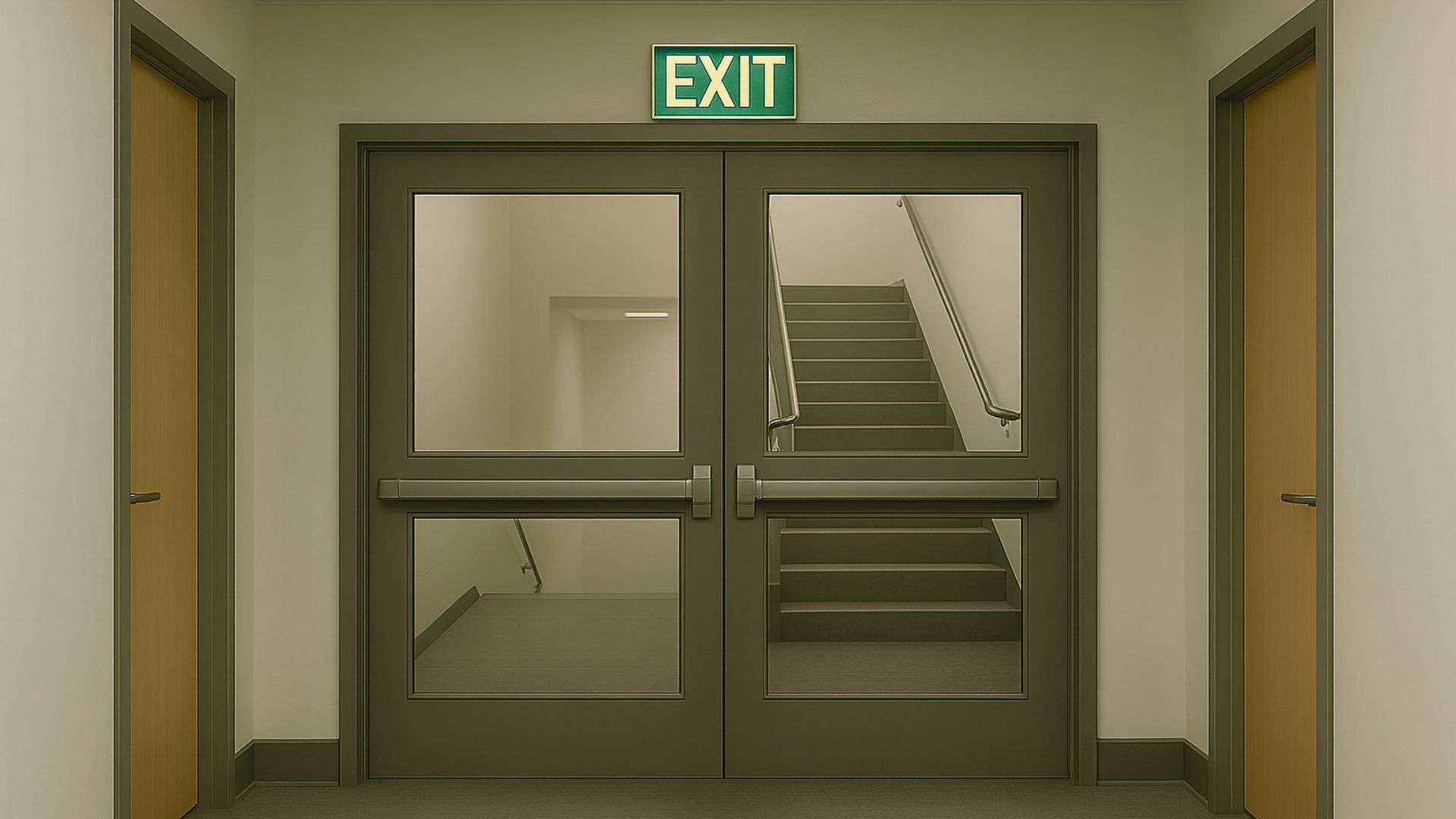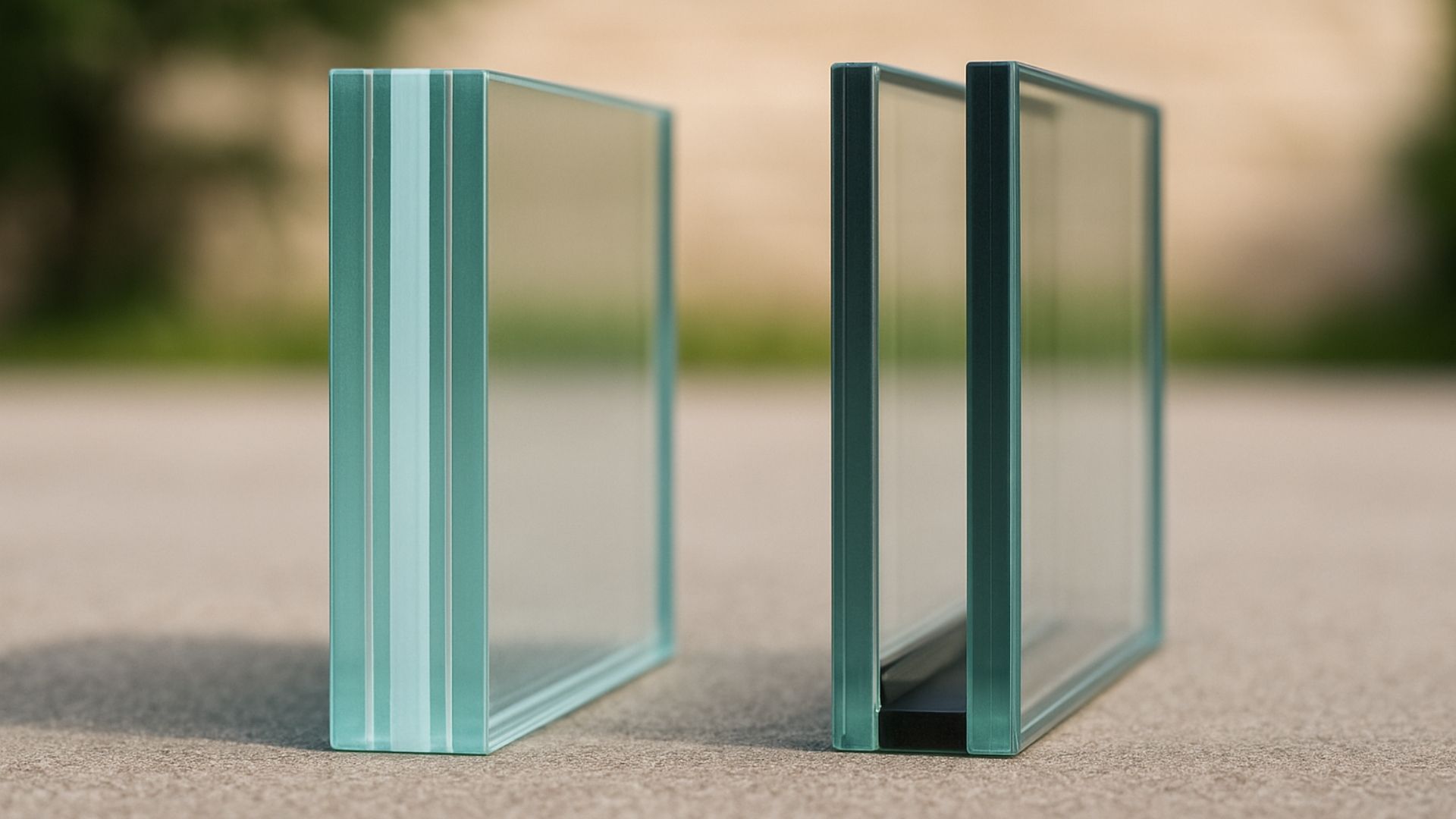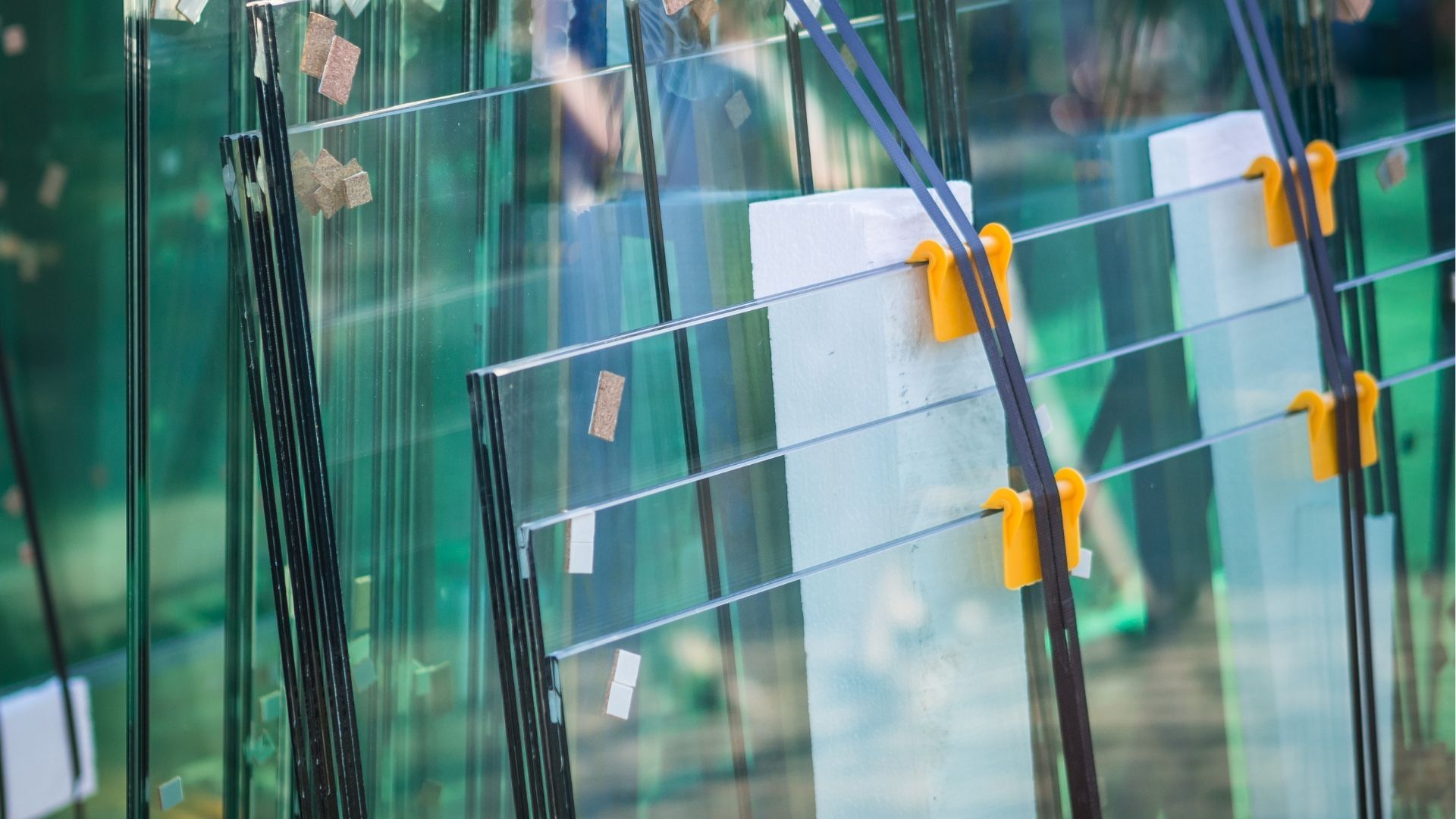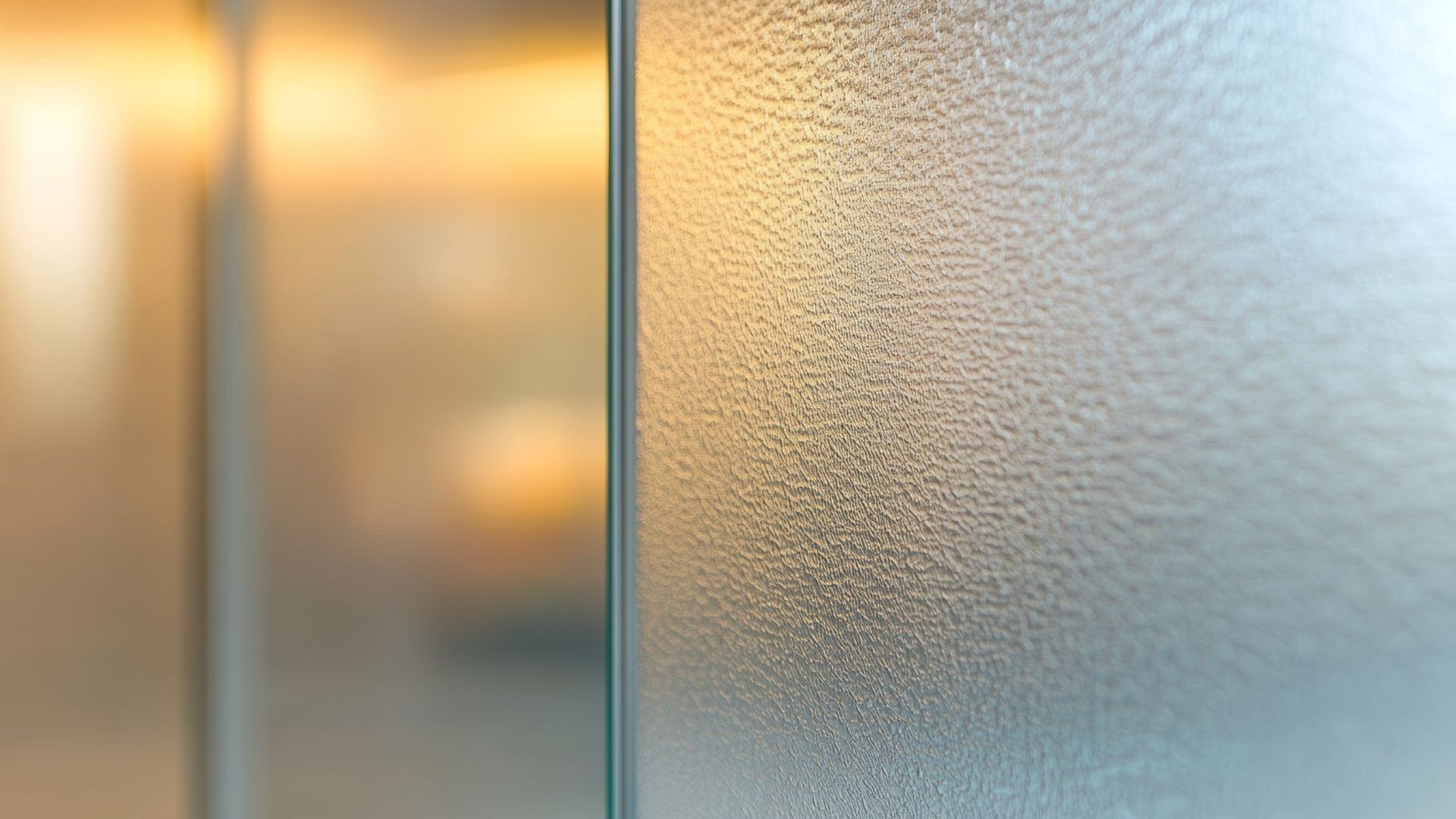How to remove scratches and keep tempered glass looking great
Share this blog:
Glass is prone to getting scratched – so how can you keep it clean? Learn all about it in our handy guide.

Even the best-made glass in the world is vulnerable to smudges, scratches and other eyesores. And unlike similar marks on wood or metal, these blemishes get magnified by natural and electric light.
But if you do find a scratch on a tempered glass installation, don't panic. Nine times out of 10, you should be able to remove the offending marks without shelling out for a replacement.
We say "nine times out of 10" because sometimes the scratch is too deep to remove using DIY methods. In these cases, you'll need to get a professional cleaner on the job.
The easy way to tell whether it's a job for you or for an expert is by thoroughly cleaning the glass with glass cleaner and a soft cloth so you can get a proper look at what you're dealing with. If your fingernail snags on the scratch, it's time to find a professional glass cleaner.
If not, you've got options. You can use toothpaste, liquid pumice soap, steel wool or buffers and sanders.
Let's take a look at some of these options.
Cleaning tempered glass with toothpaste
Did you know that toothpaste contains a kind of grit? It's there to remove stains and plaque – but it can also be used to get rid of scratches on tempered glass.
However, not all toothpastes are as gritty as each other, so you need to invest in something more on the abrasive side. A whitening toothpaste should do the job.
Apply a small amount of this to a cloth and buff the glass with small, circular motions. If at first you don't succeed, try, try again – but don't try forever. If the scratches are stubborn, cut your losses and give another method a go.
Steel wool
Steel wool is a bundle of fine, sharp-edged steel filaments. It's often used by woodworkers, metal craftsmen and jewellers to clean and shine objects.
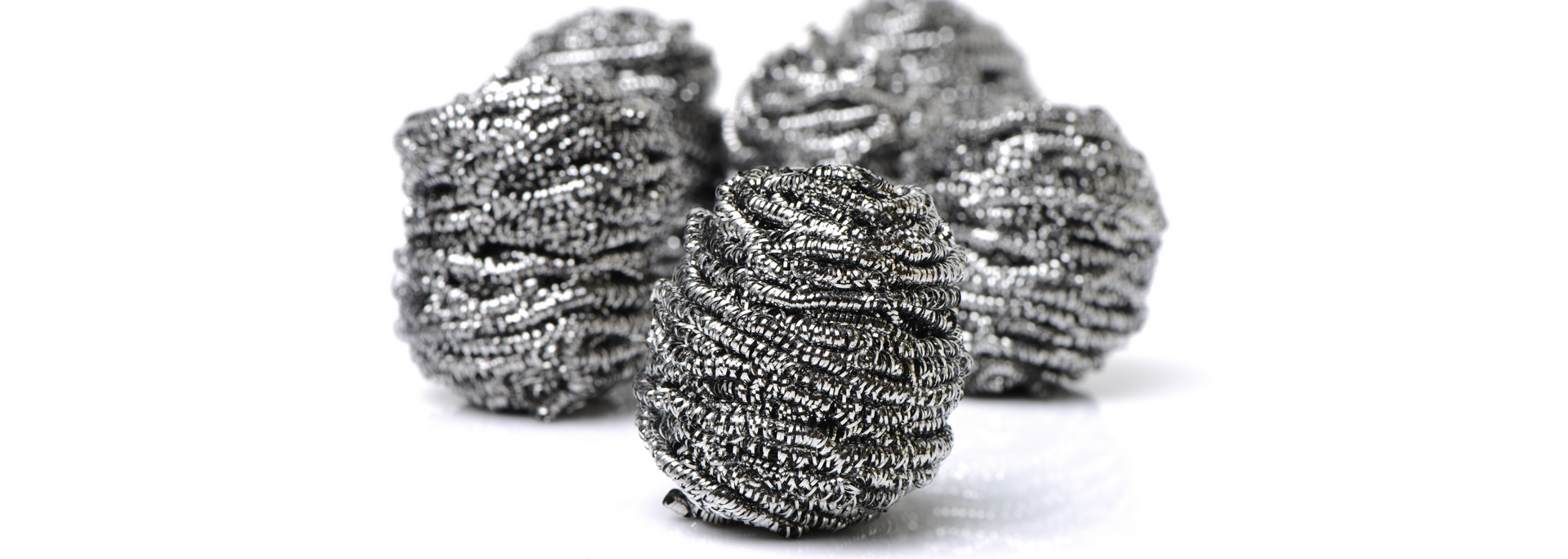
It's ideal for the job because it's softer than glass. This means it can tackle the surface without leaving scratches.
Not any steel wool will do, however – you need to make sure the threads are super-fine to avoid making matters worse. As with the toothpaste method, you need to buff the glass with small, circular motions.
If it's not doing the trick, you could try liquid pumice soap. If that doesn't work either, it could be time to get a buffer or sander.
How about phone screen protectors?
Phone screens are typically made of tempered glass – so do the above methods apply?
Well, you'd be mad to take an orbital sander to your phone screen – but the toothpaste method can work. You can also use isopropyl alcohol with distilled water.
Whatever method you choose, make sure to turn your phone off. You don't want your cleaning session to scramble the circuitry and leave you with a duff device.
How else can you look after tempered glass?
Removing scratches from tempered glass is perfectly possible – but it's also a nuisance. How can you avoid your gleaming glass getting messy in the first place?
While there's nothing you can do to ensure that no visitor or staff member causes nicks or scratches, there are good practices that you can adopt so that you know your hands are as clean as your glass.
First, there's the simple act of dusting regularly. Dirt and debris have a habit of building up when you're doing other things – and, left unchecked, they can leave marks. Save yourself elbow grease down the line by dusting your tempered glass down on the reg.
Second, choose your scrubbers with care. We've already touched on this in the context of removing scratches, but it's important even when dusting or wiping down a tempered glass surface.
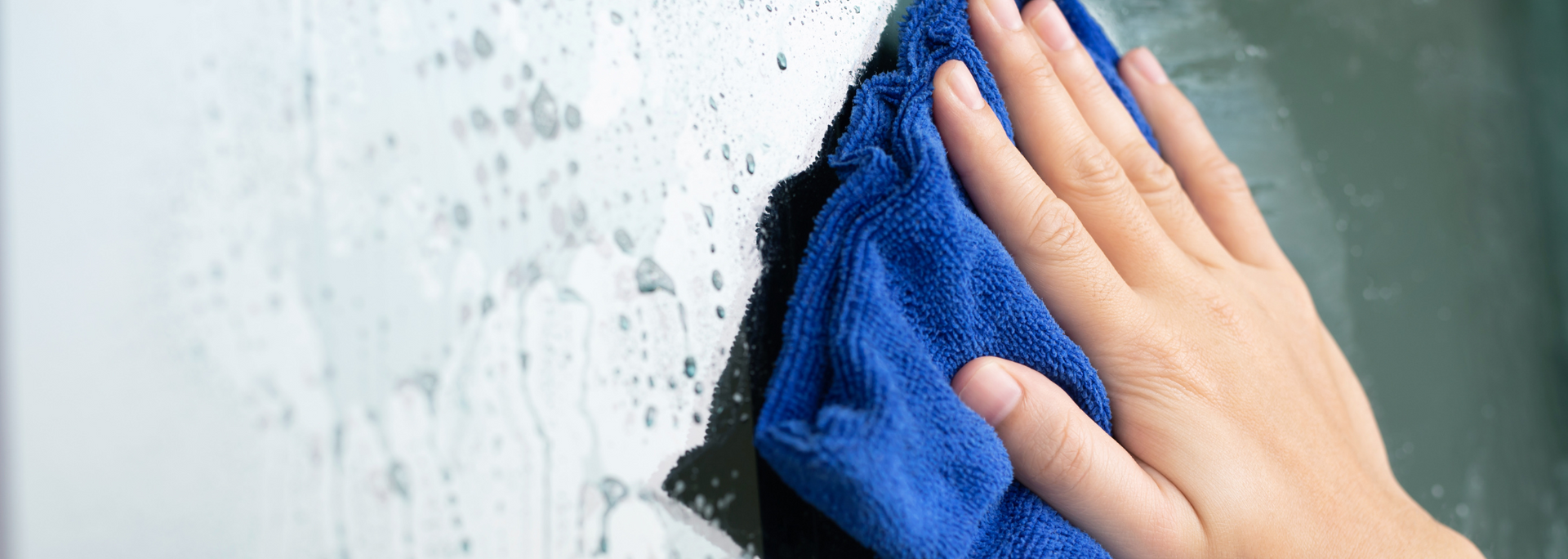
The exact product you use will depend on where you are in the world. But the basic rule is to only use soft, non-abrasive scrubbers – never ones that are abrasive or harsh. A rough scrubber is a surefire way to ruin the surface of your tempered glass.
Finally, be aware of your surroundings. Most damage to tempered glass isn't caused by people but by other objects. Take extra care when moving objects around to reduce the chances of scratching or otherwise damaging your tempered glass.
Take these preventative measures and chances are you won't be looking up methods for keeping glass clean in the first place.
How is tempered glass different from other kinds of glass?
In the phrase "tempered glass", the word "tempered" refers to the manufacturing process, also known as toughening.
In this process, the glass is put in a furnace and heated to a high temperature. On removal from the oven, it's rapidly cooled. This excites the molecules in such a way that the glass is extra robust.
It also changes the way that the glass breaks. When a tempered pane breaks, it shatters into tiny pieces. It never breaks into dangerous shards like normal types of glass.
Tempered glass is often used in the construction of laminated glass, and while both toughened glass and laminated glass are types of safety glass, they're separate products.
Why choose ToughGlaze?
At ToughGlaze, we process and supply high-quality
tempered glass products to clients in a range of industries. And while we can't promise that your tempered glass will never show a scratch, we can vouch for its robustness – not to mention how easy it is to maintain.
On top of this, we provide many kinds of tempered glass: from
fire-resistant panes to
high-tech "switch" glass. And from
glass with coloured interlayers to sheets emblazoned with
digitally printed designs.
So, if you're looking for tempered glass,
get in touch. We'll be more than happy to give you a quick, competitive quote.


